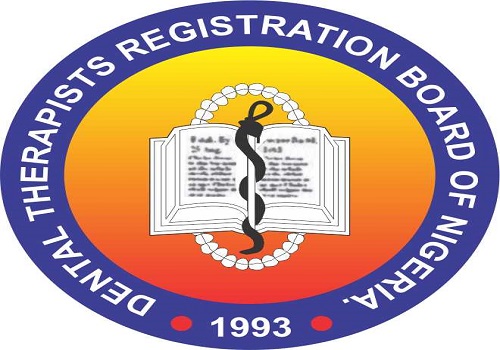NIMR Study Uncovers Critical HIV Burden Among Adolescents and Young Adults
Nigeria’s battle against HIV faces a major setback as a new study by the Nigerian Institute of Medical Research (NIMR) reveals a staggering 12% HIV prevalence among adolescents and young adults aged 15–24—nearly ten times the national average of 1.3%.
Study Findings
- The study screened 883 young people who had never tested for HIV.
- 106 tested positive, highlighting a dangerous gap in early detection.
- Adolescents lag behind in testing, treatment, and viral suppression, making them a weak link in Nigeria’s HIV response.
Despite a slight national decline in HIV prevalence—from 1.4% in 2018 to 1.3% in 2022—progress among youth remains slow, threatening Nigeria’s ability to meet the UNAIDS 95-95-95 targets by 2025.
Barriers to Care
Dr. Agatha David, Director of Research and Coordinator of the Child and Adolescent HIV Programme at NIMR, noted:
- Fewer than 25% of adolescents have ever tested for HIV.
- Only 23% reported a test, and even fewer were tested within the past year.
- Poor adherence to treatment is widespread, with many adolescents admitting to skipping medication despite counselling.
Promising interventions such as directly observed therapy, SMS reminders, and peer navigation have shown potential but are yet to be scaled nationally.
Social and Mental Health Challenges
- Stigma, lack of sexuality education, unplanned pregnancies, and unsafe abortions are major barriers.
- Studies show 20% of adolescents had sex before age 15, and 15% experienced unplanned pregnancies.
- Mental health issues—including depression, anxiety, and suicidal thoughts—affect more than 20% of HIV-positive adolescents.
NIMR is now piloting the integration of mental health counselling into routine HIV care.
Innovations in Prevention
Dr. Sabdat Ekama, a research fellow at NIMR’s Clinical Science Department, announced the development of a novel HIV prevention vaginal gel. The “smart gel”:
- Contains two antiretroviral agents
- Is liquid at room temperature but thickens upon application to prevent leakage
- Has shown promising safety and efficacy in lab studies
- Is undergoing animal preclinical trials
High-risk populations are being engaged to co-create the product’s features for better acceptability.
Global Context
Despite tools like PrEP, 1.3 million new HIV infections were recorded globally in 2024. Experts stress that innovative solutions are essential to meet the 2030 Sustainable Development Goal of ending AIDS as a public health threat.



